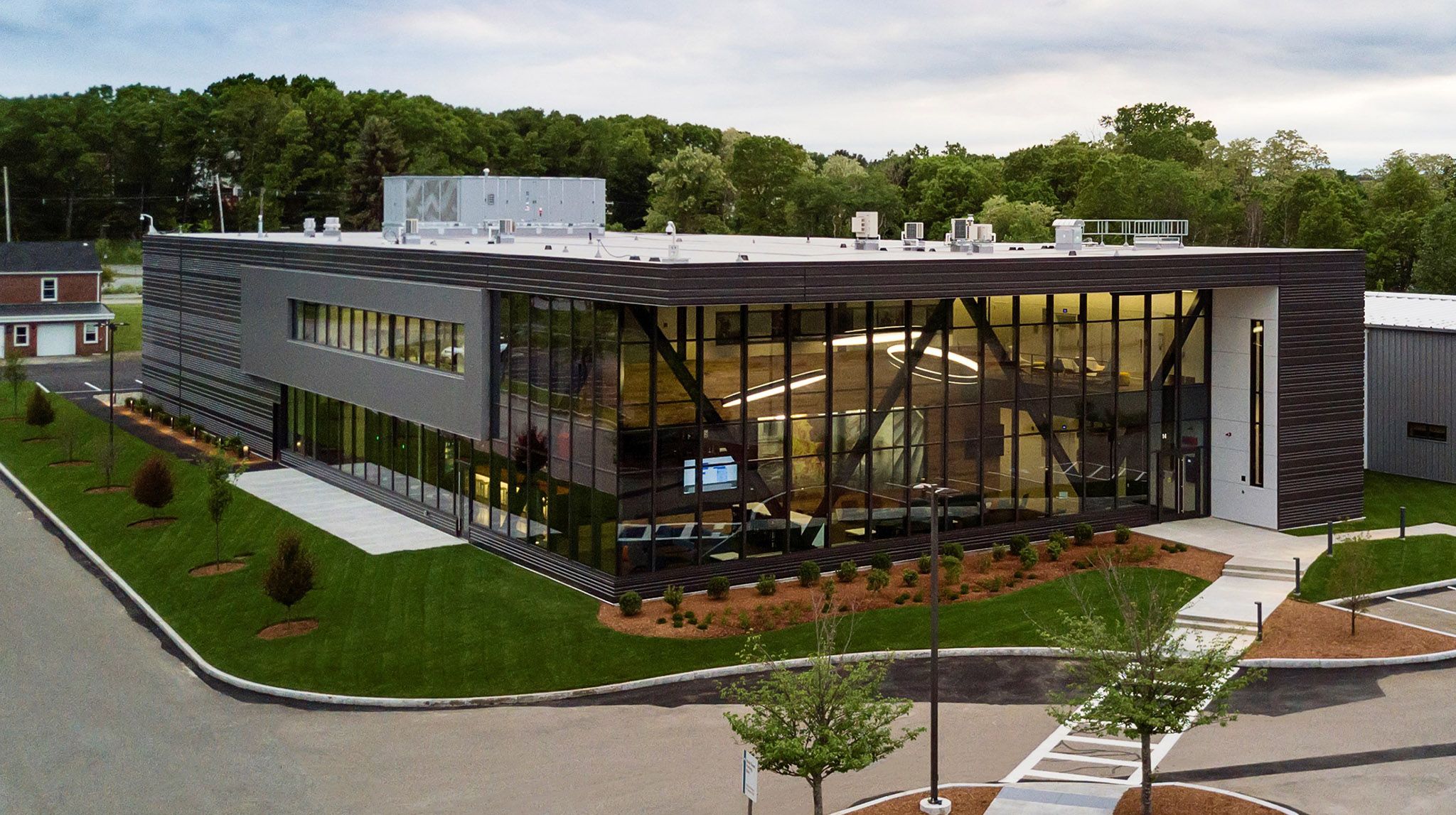Mixed Methods Research for a global fortune 500 company
Overview
While at FM Global in 2022, I led UX research for an enterprise software tool that is used to manage projects by multiple roles during the process of accreditation and ongoing auditing for commercial building supplies used in approved roofing assemblies utilized by corporate insurance customers and their building contractors.
The legacy software was no longer being supported and must be replaced. Our team needed to determine if a new COTS software would be sufficient or if interoperability needs would require a custom solution.
My role
Senior Product Designer – user research lead, service design
Team
Julius T., Product Owner
Scope of work
This was an opportunity to review current processes and task flows to identify opportunities to improve the employee and customer experiences.
Primary users are employees, secondary users are customers of their authenticated portal.
Methods included: Stakeholder Meetings, Mixed Methods Research Plan, Remote Hybrid Contextual Inquiry User Interviews, Survey, Service Blueprint, Customer Journey Mapping, Task Flow Analysis, Personas

I am not able to share visuals of this work but I can talk through it. Building above is from the FM Global innovation campus.
Goals
Uncover needs from all user groups, all internal departments and the customer
CX mindset when mapping future-state journeys rather than falling to feature requests
Streamline task flows where opportunities identified
Collaborate with product owner through all project milestones
Understand the users
When I took this project on, it was in the beginning discovery stage, there were early insights captured by the previous product manager. The insights were collected in group format. While all insights have value I wanted to avoid group think and schedule additional 1:1 interviews and anonymous feedback opportunities making sure to include users representing all user groups.
Generative / User Interviews
Interviewed 34 employees representing all internal user groups, ensuring diversity in age, gender and global locations in a hybrid, remote contextual inquiry setting. Utilizing Microsoft Teams with user screen sharing to record as to later import into EnjoyHQ for automated transcription where I then snipped highlights from each interview to create an affinity map of recurring themes.
While I did reach out to customers to participate in user interviews, none chose to participate. Employee interviews with “customer service” roles allowed opportunity to discuss common customer complaints and requests.
Generative / Survey
The survey was sent to internal employees and also to external customers. It included a mix of questions that represented a baseline experience score and also provided an open-ended platform to voice their concerns, frustrations and suggestions. We saw quite a bit of feedback here representing all user groups including customers, 118 responses in all. The customer feedback validated the insights captured during the customer service employee interviews.
Define
After interviews and surveys were completed, it was time to synthesize the data to define the problem space and uncover opportunity areas.
Affinity Mapping | Themes
As I synthesized the research data, I created a insights tagging key so anyone else coming into the project such as product owner or stakeholders had a quick point of reference. Insights were themed into employee/user roles and pain points.
Service Blueprint
Interviewing users of an internal employee software application, that every employee uses, gives a unique perspective into the current inner workings of the business. During and after this particular research study, I was building a knowledge document that became a service blueprint of the current service delivery process and assist in further identifying opportunities for a future state.
Following the interviews, I collaborated with the business analyst and leadership to uncover gaps the interviews did not reveal.
Turning Challenges into Opportunities
While numerous opportunities were uncovered, to simplify prior to sharing with stakeholders they were further categorized as Improved Ease of Use, Time Efficiencies, and Forced Workarounds.
There was one challenge that surprisingly came up in nearly every interview no matter what user group was being represented. The reasons varied but it was clear that this was an opportunity we now needed to prioritize even though it wasn’t on anyone’s radar.
Opportunity: Lab technicians were excluded from the current digital process and are documenting test results by hand which then in turn gets digitized into a PDF image that is included in the final report. Allow project managers to schedule lab testing in new software AND in turn allow lab to enter test results digitally. Speeds up current workflow and allows project manager quicker access to test data.
Reflection
It was a small hurdle to not have customers opt-in to interviews but not wanting to give up, I pursued customer feedback down other avenues including anonymous survey responses and feedback from customer service roles within the company. In the future I would start the interview opt-in process by having their internal sales engineer or point of contact as part of the invitation email to be the bridge so that customers feel comfortable participating by having their first contact be from someone they already know and trust.